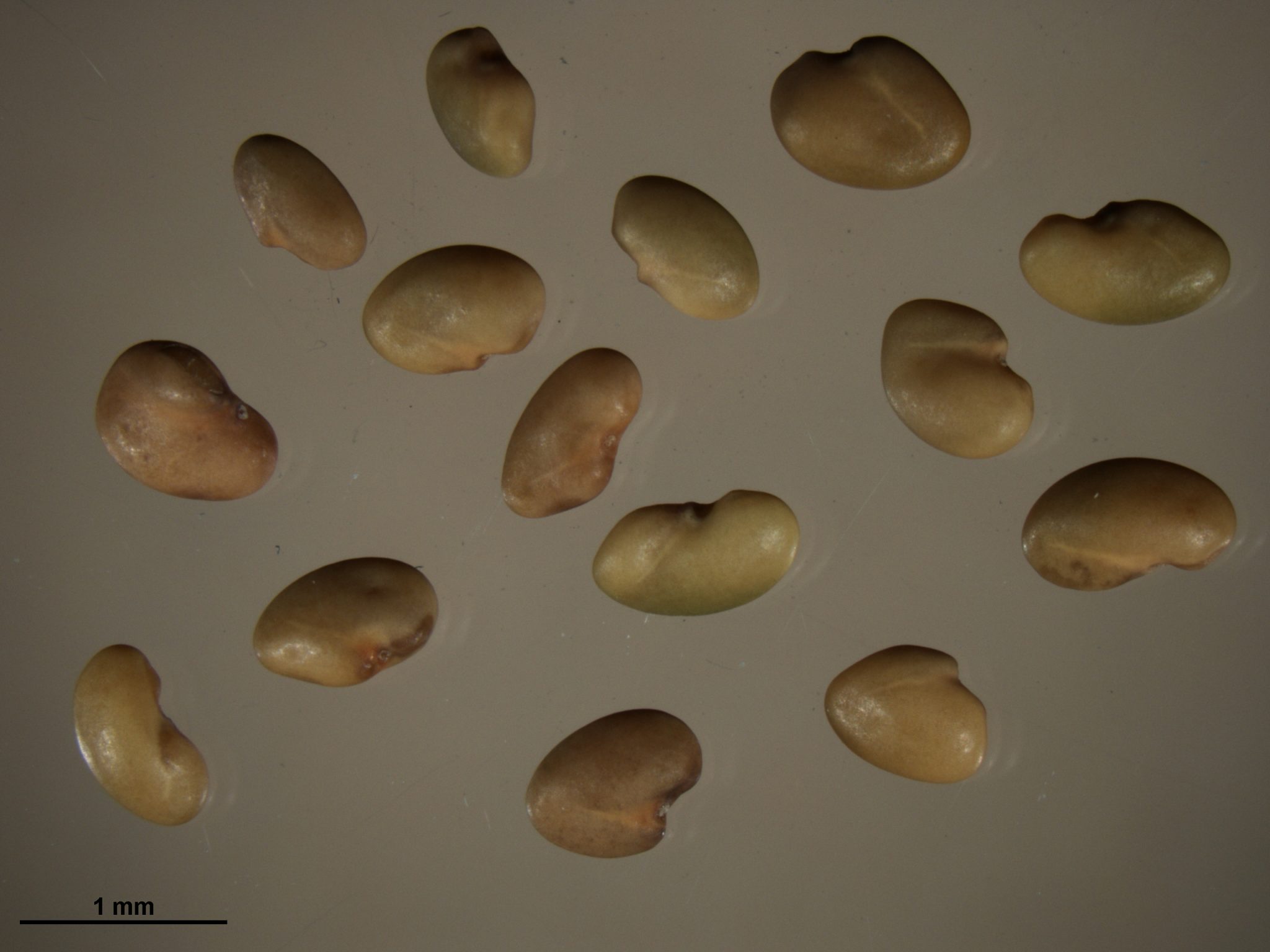
I was asked to come to a field in early April many years ago by a young producer.


I was asked to come to a field in early April many years ago by a young producer.

Environmental conditions that exist when forages are ready to be harvested influences the amount of hours that it takes to get to a safe baling moisture.
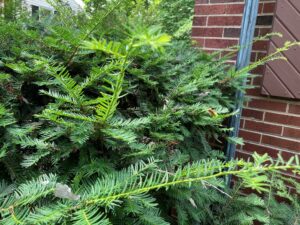
Many plants have poisonous compounds that can cause all kinds of concerns, and even death, if consumed. The interactions that I have had with veterinarians, suggest that the yew is right at or near the top of plants that cause livestock death.
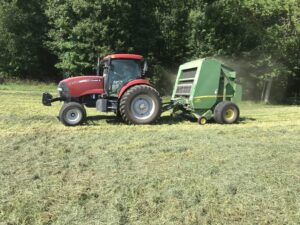
Managing forages for hay production requires much skill. Excellent hay producers understand that yield, quality and persistence are key for a perennial forage production system to be successful.
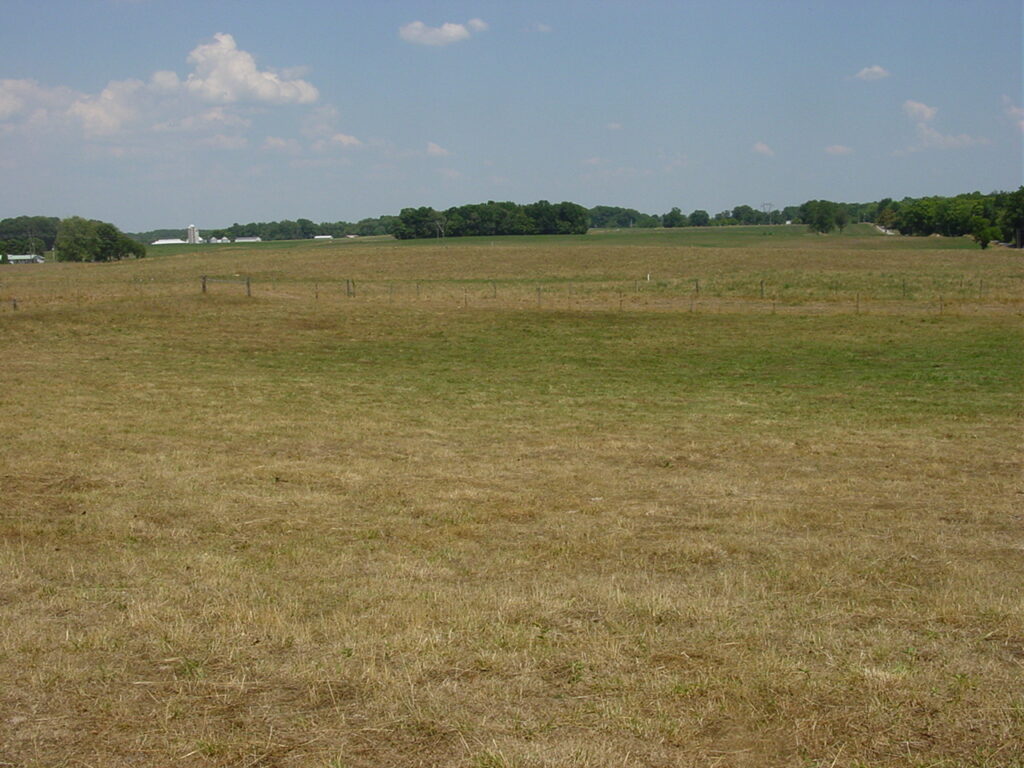
Successive days of 90-degree plus high temperatures and very spotty rainfall is limiting pasture growth for livestock grazing in Indiana. It is important to develop a strategy of how to feed your livestock now in case the abnormally dry weather continues.

Managing pasture properly requires much skill, just like any agronomic crop.
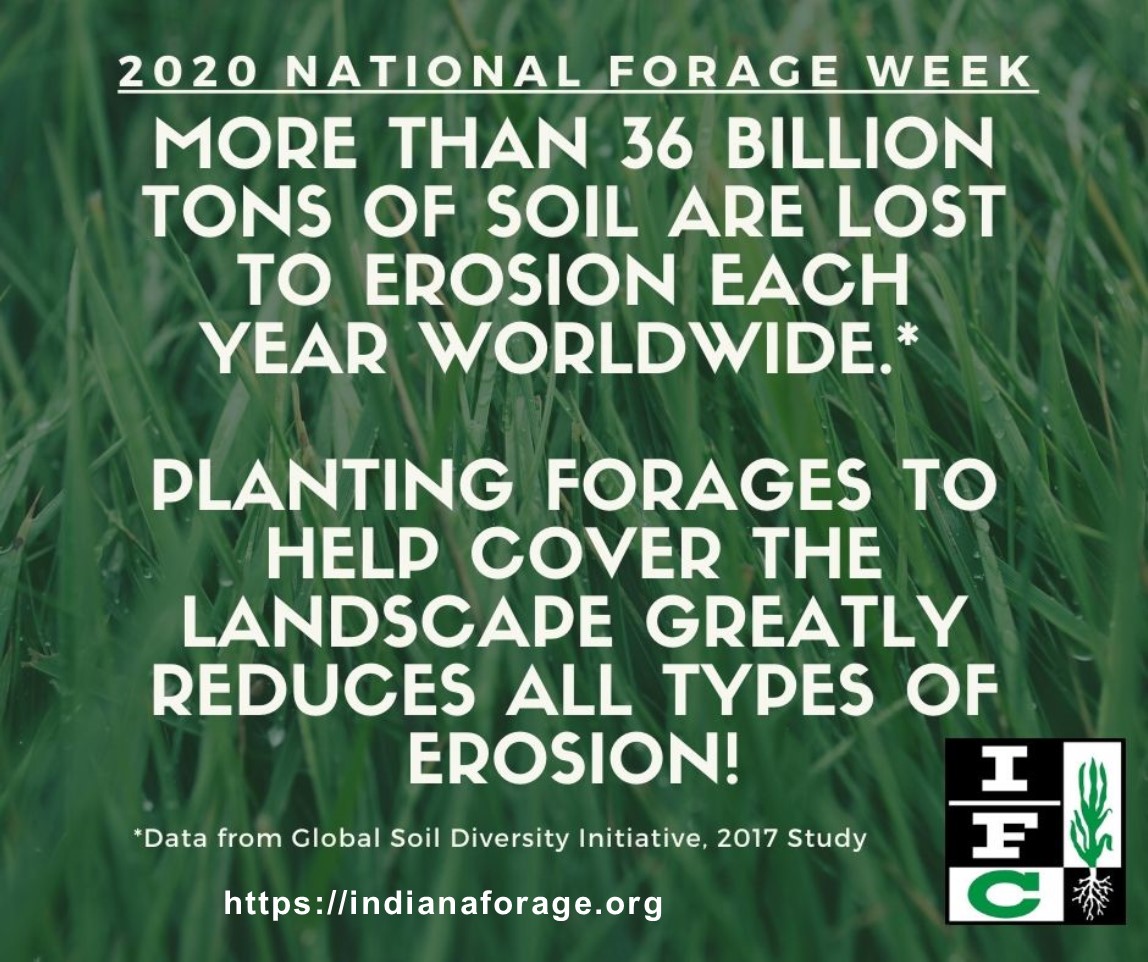
National Forage Week (June 21 – 27) is coming to a close.
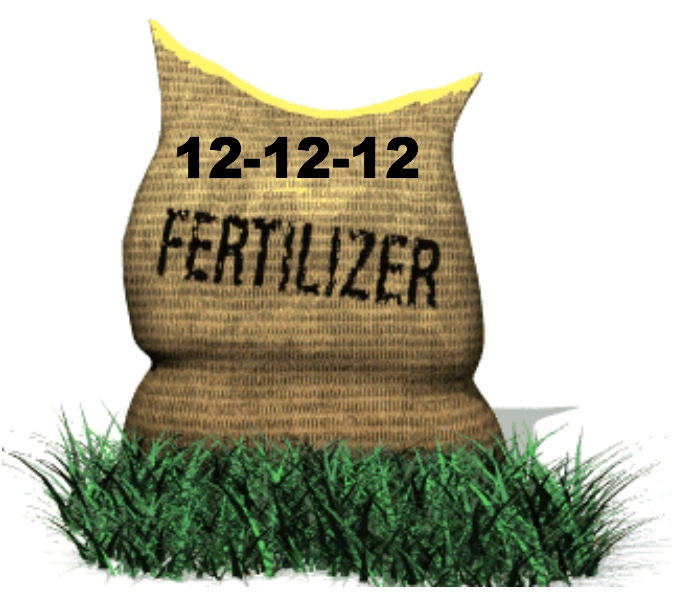
Almost forty years as Purdue University’s Forage Extension Specialist, there is one forage production practice recommendation that draws my ire and has become a major pet peeve; so much that every time the recommendation is offered I think I lose another hair follicle on my head and legs.

You don’t see birdsfoot trefoil in many Indiana pastures.
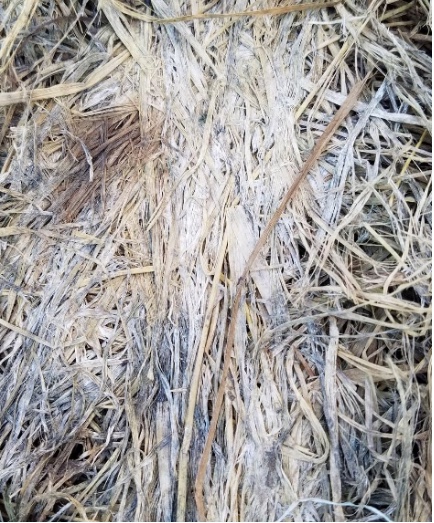
Much hay has been made in Indiana the last 10 days.
© 2024 Purdue University | An equal access/equal opportunity university | Copyright Complaints | Maintained by Pest&Crop newsletter
If you have trouble accessing this page because of a disability, please contact Pest&Crop newsletter at luck@purdue.edu.